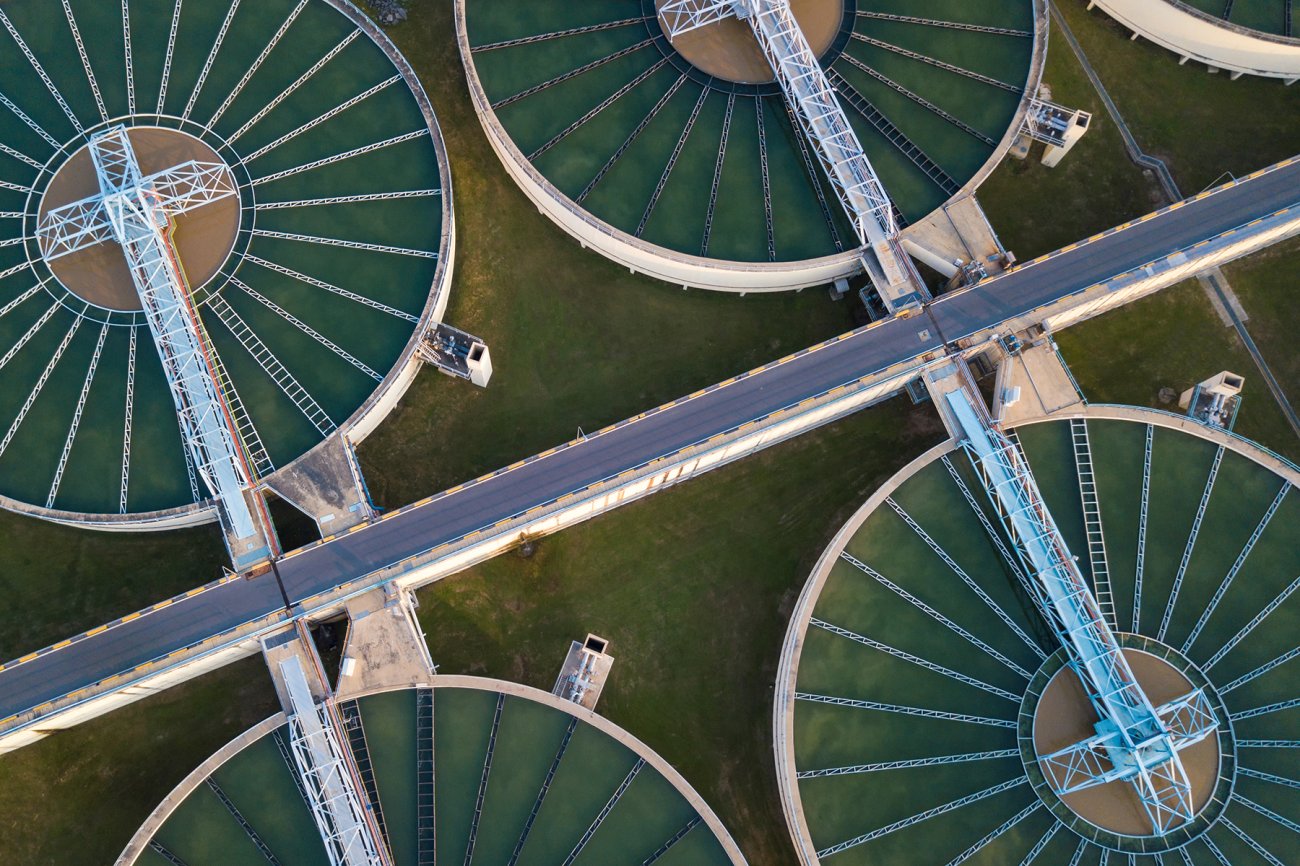Not known Details About Reclaim Waste
Not known Details About Reclaim Waste
Blog Article
The Of Reclaim Waste
Table of Contents6 Easy Facts About Reclaim Waste ShownTop Guidelines Of Reclaim WasteThe Definitive Guide to Reclaim WasteWhat Does Reclaim Waste Mean?Excitement About Reclaim Waste
Domestic sewer waste refers to the waste and items from a household septic container. The correct administration and disposal of domestic sewage waste require fluid waste to be transferred to a sewer treatment plant where the proper approaches and equipment are applied to purify and dispose of waste.
Industrial waste often consists of possible dangers, such as flammable products or a mix of liquid and strong waste items, and calls for an advanced and comprehensive disposal process. The disposal of business waste commonly involves the filtering of waste prior to transport to guarantee safe and appropriate disposal. Industrial waste is created from byproducts and drainage of commercial procedures and production.
This kind of waste can not make use of the very same sewage management transport or procedures as septic or industrial liquids. The industrial waste monitoring procedure calls for the inspection and screening of fluid waste before it undertakes the disposal procedure (industrial wastewater treatment). Drainage waste is the liquid waste that originates from overflow and excess stormwater in extremely inhabited locations or cities
Drainage waste can create contamination and flooding if not managed appropriately. Ensuring correct waste administration can prevent disasters and minimize environmental harm.
Facts About Reclaim Waste Uncovered
Get in touch with PROS Providers today to learn concerning our waste administration and disposal services and the correct means to take care of the liquid waste you create.
(https://anotepad.com/note/read/pkncyr85)This supposed 'wastewater' is not only a crucial resource yet, after treatment, will be launched to our land, rivers or the sea. Utilized water from bathrooms, showers, bathrooms, kitchen area sinks, washings and industrial procedures is known as wastewater.

water utilized to cool equipment or tidy plant and devices). Stormwater, a type of wastewater, is drainage that flows from farming and city locations such as roofings, parks, yards, roads, courses and seamless gutters right into stormwater drains pipes, after rain. Stormwater streams neglected straight to neighborhood creeks or rivers, ultimately reaching the ocean.
How Reclaim Waste can Save You Time, Stress, and Money.
In Queensland, most wastewater is treated at sewage treatment plants. Wastewater is carried from domestic or industrial sites via a system of sewers and pump terminals, known as sewerage reticulation, to a sewage treatment plant. City governments build, keep and run most sewer treatment plants. Operators are certified under the Environmental Management Act 1994 to discharge treated wastewater at an appropriate environmental criterion right into rivers.
The Division of Natural Resources advises local governments regarding managing, operating and maintaining sewerage systems and treatment plants. In unsewered locations, regional governments may why not try this out call for homeowners to install private or house sewer therapy systems to deal with domestic wastewater from commodes, kitchens, bathrooms and laundries. The Division of Natural Resources authorises making use of home systems when they are proven to be efficient.
Most stormwater gets no therapy. In some new class, treatment of some stormwater to remove clutter, sand and crushed rock has begun making use of gross contaminant catches. Wastewater therapy occurs in 4 stages: Gets rid of strong matter. Bigger solids, such as plastics and various other things incorrectly discharged to drains, are eliminated when wastewater is passed through screens.
Wastewater after that streams into huge containers where solids resolve and are removed as sludge. Grease and residue are skimmed from the surface. Makes use of small living microorganisms called micro-organisms to break down and remove remaining dissolved wastes and great fragments. Micro-organisms and wastes are incorporated in the sludge. Eliminates nitrogen and phosphorus nutrients that can create algal blooms in our waterways and intimidate aquatic life.
The Reclaim Waste Ideas
Nutrient removal is not readily available at all sewer treatment plants because it calls for expensive specialist devices. It is becoming a lot more typical in Queensland. Clear fluid effluent created after therapy might still have disease-causing micro-organisms. If this effluent is released right into waterways such as rivers or the sea, the micro-organisms will ultimately pass away out.

Many wastewater streams right into the sewerage system. Under the Act, regional governments administer authorizations and licences for eco pertinent activities (Periods) involving wastewater releases that may have a regional effect.
Reclaim Waste Fundamentals Explained
Otherwise, samples are considered research laboratory analysis. Usually lots of tests are required to develop the levels of each of the various toxins such as oils, hefty metals and chemicals in water. Tracking supplies factual information regarding water top quality and can verify that permit problems are being satisfied. The info obtained through surveillance provides the basis for making water quality decisions.
Report this page